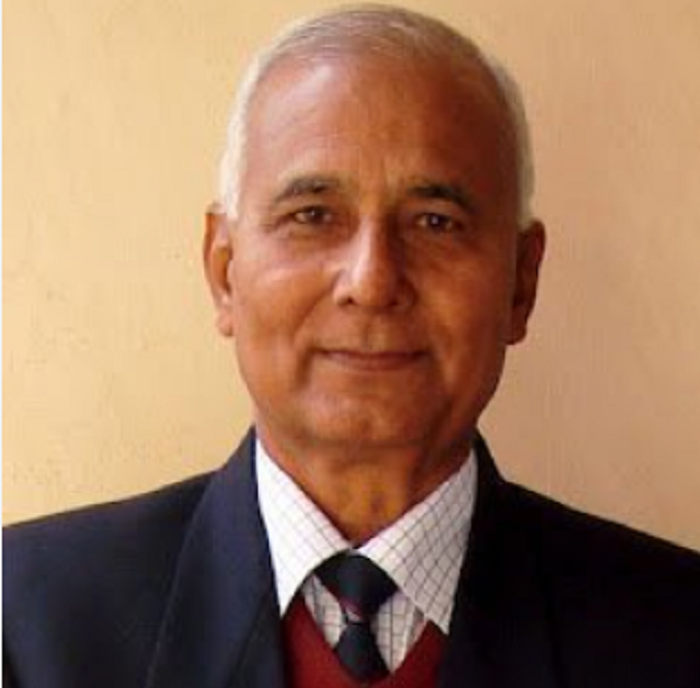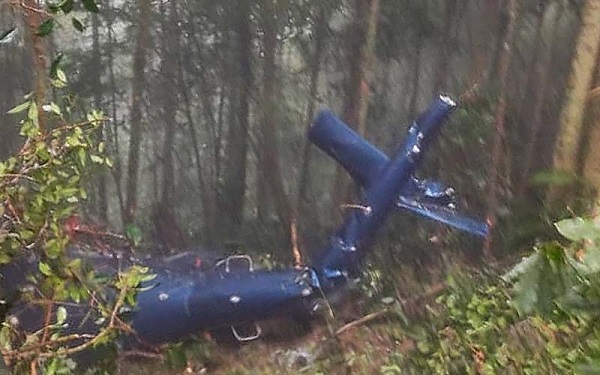SR Darapuri, National President, All India Peoples Front
(Asian independent) The socio-economic and political position of Dalits in Punjab, India, reflects a complex interplay of demographic strength, systemic marginalization, and evolving political dynamics. Below is a concise overview based on available information:
Socio-Economic Position
– Demographic Significance: Dalits constitute approximately 32% of Punjab’s population, the highest proportion of any Indian state, with major castes including Mazhabi Sikhs and Chamars
– Economic Marginalization: Despite their numerical strength, Dalits own less than 2-3.5% of agricultural land in Punjab, compared to the dominant Jat caste (about 20% of the population) owning around 95%. Most Dalits are landless labourers, often working underpaid jobs, which exacerbates economic inequality. Higher minimum support prices (MSP) for crops can further harm them as net food buyers.
– Social Exclusion: Dalits face persistent caste-based discrimination, including separate cremation grounds and restricted access to some Gurudwaras (Sikh places of worship). Ghettoization remains common, even in urban areas, with Dalits often segregated socially and spatially.
– Occupational Shifts: Many Dalits have moved away from traditional caste-based occupations and the agrarian economy, seeking alternative livelihoods. However, this has not significantly improved their economic status due to limited access to resources and opportunities.
– Government Support: Initiatives like MGNREGA (Mahatma Gandhi National Rural Employment Guarantee Act), housing plots, pensions, and post-matric scholarships aim to uplift Dalits, but implementation gaps limit their impact.
Political Position
– Political Participation: Dalits in Punjab have historically faced political marginalization, with less than 10% representation in government despite their population size. Of Punjab’s 117 assembly seats, 34 are reserved for Scheduled Castes, reflecting their demographic weight but not necessarily their influence.
– Political Mobilization: Dalit politics in Punjab is evolving, with attempts to consolidate their vote bank. The Congress party’s appointment of Charanjit Singh Channi as Punjab’s first Dalit Chief Minister in 2021 was seen as a strategic move to appeal to Dalit voters, though its long-term impact remains debated. The failure of the “Channi experiment” highlights the complexity of Dalit identity and political aspirations in Punjab)
– Caste and Political Dynamics: Political participation is shaped by caste clashes, often rooted in demands for land and social equality. Dalit political movements in Punjab are fragmented, with some aligning with mainstream parties and others seeking autonomy through regional or caste-based organizations
– Cultural and Religious Influence: Deras (religious sects) play a significant role in mobilizing Dalit communities, offering spiritual and social support while influencing political alignments. This adds a layer of complexity to Dalit political identity.
Key Challenges
– Land Disparity: The stark contrast in land ownership (e.g., Dalits owning 0.72-3.5% vs. Jatts owning 95%) fuels economic and social inequality.
– Social Stigma: Despite constitutional protections and affirmative action, caste-based discrimination persists, limiting social mobility.
– Political Fragmentation: While Dalits have numerical strength, their political influence is diluted by internal divisions and lack of cohesive leadership).
Recent Developments
– Posts on X and web sources indicate growing awareness of Dalit issues, with calls for better land redistribution, economic opportunities, and political representation. However, systemic barriers and resistance from dominant castes continue to hinder progress.
– The 2022 Punjab elections highlighted the Dalit vote’s potential to reshape political dynamics, though outcomes suggest limited structural change.
Conclusion
Dalits in Punjab are a significant demographic group but remain socio-economically disadvantaged due to limited land ownership, occupational restrictions, and social exclusion. Politically, they are gaining visibility but face challenges in translating numerical strength into proportional power. Ongoing efforts through government schemes and political mobilization aim to address these issues, but deep-rooted caste hierarchies and economic disparities pose persistent obstacles.
Courtesy: grok.com








